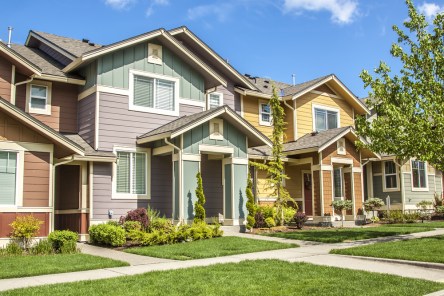The toll of gentrification on local property owners has been well documented in recent years. What has escaped the headlines, however, are alternatives to gentrification that permit the natural ebb and flow of neighborhoods without affecting their longstanding members. Community land trusts are regaining popularity as a way to keep affordable housing in some of the nation’s most desirable neighborhoods. Community land trusts (CLTs) first launched during the early years of the American civil rights movement. Activist Robert Swann aimed to purchase land with the intention of letting black sharecroppers develop it and settle there. By 1969, he and his team purchased 5,000 acres in Lee County, Ga for their cause. To date, there are 243 community land trusts in the United States. While the demographic that they serve has expanded, the basic premise remains the same. CLTs are non-profit organizations comprised of a board of directors, leaseholders and target community members. The nonprofit facilitates the long-term availability of affordable housing through a two-fold approach: first the nonprofit purchases land that can be used to build affordable housing or food production for the community. When the lot is used for housing, the nonprofit builds a property on the land and creates a fixed-rate lease for the homeowner. Leases traditionally last 99 years. The CLT can force repairs on the home and intervene if the leaseholders are at risk of default. The nonprofit owns the land, ensuring that it won’t be sold to developers in the future. It also owns the house, ensuring that it will not be sold at market rate. CLTs allow low-income residents to earn equity on the home, which can be the difference between financial success and financial strain in a neighborhood that is undergoing gentrification. The fixed-rate lease also keeps...

